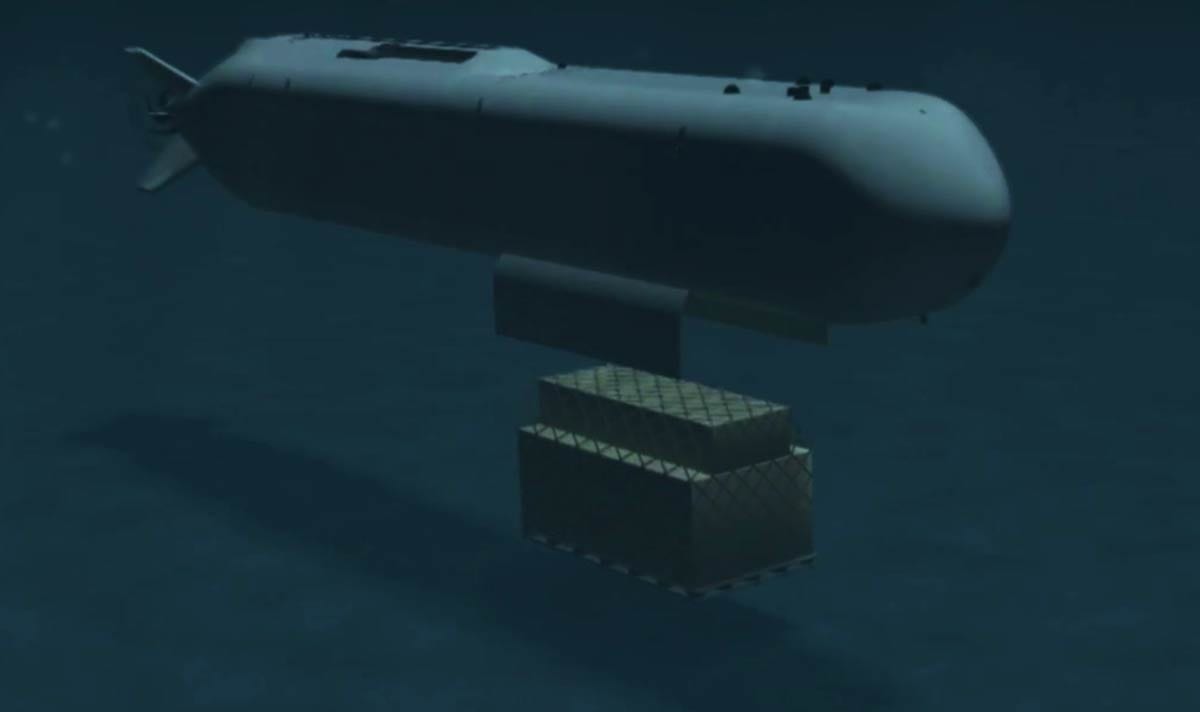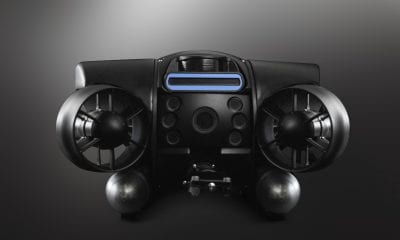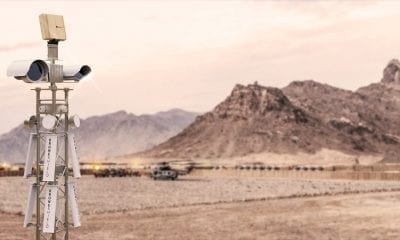
News
DARPA Looks to Nature for the Detection of Submarine Drones
Submarine drone technology is being examined from a unique and intriguing viewpoint by some scientists funded by the US military’s research arm, DARPA, the Defense Advanced Research Projects Agency who believe that the chorus of the sea might allow them to detect the near-silent passage of underwater drones.
In recent years the U.S., China and Russia have been developing fleets of drone submarines increasingly — including some that can carry nuclear weapons to the extent that last year Russia claimed to have sailed submarines just off the U.S. East Coast without being detected.
Researchers intend to use the ocean’s background noise to the advantage of submarine drone detection technology. The U.S. government’s Persistent Aquatic Living Sensors (PALS) program is a collaborative of researchers and defense companies on a mission to explore ways to leverage the sounds that permeate the ocean. The program includes a number of proposals for how monitoring the behavior of specific species might offer clues to the presence of non-living objects like unmanned drones.
As reported by Discover Magazine, the study of the oceanic soundscape which comprises sounds like the crackling of countless shrimp clacking together mixed with fish grunts, whale and dolphin calls and other such sounds might hold the key to revealing that a man-made intruder or drone is in the water!
Schools of fish might act different around underwater drones, for example, altering their movements or calls in a recognizable way. Bioluminescent organisms might similarly signal with patterns of light, and microbes could even be used to detect the magnetic signature of a motor. Snapping shrimp, too, could provide some important clues in detecting underwater drone subs. Alison Laferriere, a scientist with the defense company Raytheon BBN Technologies leading a team of researchers examining the possibility of using the shrimp as a kind of natural sonar says, “The idea is that the sounds that the shrimp create would travel to the object, reflect off of it and we would be able to detect it at our sensors.” The sound the shrimp make is around 190 decibels at close range; much higher compared to the deck of an aircraft carrier which measures around 140 decibels.
Hydrophones strategically placed on reefs would be able to simply pick up the oceanic sounscape for analysis. The advantage over traditional sonar is that the shrimp are everywhere on most reefs, this negates the requirement of a power a device to create the sound waves.
Laferriere says, “what we’re interested in, specifically, is monitoring the soundscape and determining if there’s a change in the soundscape in some way when an underwater vehicle passes through.”
Animals are specifically attuned to their native environments, and their behaviors change in response to outside intrusions. Analysing their patterns of movement or sound could provide a valuable tip-off that a man-made intruder is in the water.
While beginning tests with snapping shrimp in the lab Laferriere looks forward to sampling of the underwater soundscape later this year trips at the U.S. Virgin Islands. She and her team aim to begin teasing out the kinds of patterns that the presence of an underwater drone might create.

























